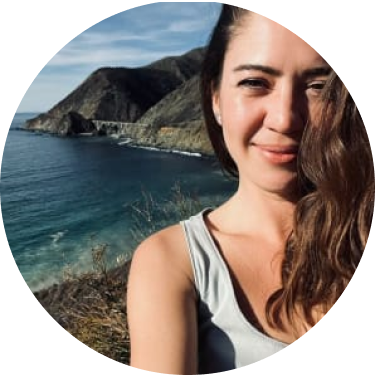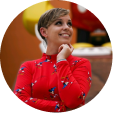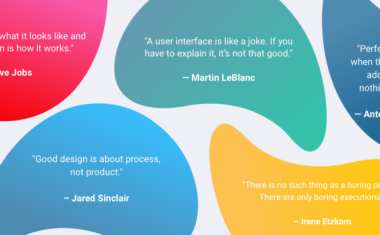Free UX Design Course
Dive into UX design with our free starter course. Transform your creative ideas into user-friendly solutions.
This post comes from our friends at Pathrise, a career accelerator that works with students and young professionals one-on-one so they can land their dream job in tech.
Whether you’re still in school, actively looking for your first job, or are ready to make a career change, expediting your job search with data-backed tips will help ensure that you find your dream job without spending more time than necessary looking.
We’ve compiled 3 tips to help you make the most of your job search and land your ideal UX design position (read more about UX design here).
1. Optimize your resume and portfolio
Two of the biggest mistakes we see in product and UX designer resumes is lack of demonstrated impact and lack of quantification in statements. Lack of impact looks something like this: “Designed X for Y.” Why does it matter? Show the reader that your work had an impact by giving more context—both qualitative and quantitative. Your sentences might be longer, but you will impress the hiring manager.
Here’s an example of a good UX designer resume statement: Led the UX design for an app that reduced food waste by 30% in the office
With your portfolio, make sure you show that you’re a human. Add a photo of yourself, some fun facts, or information about your hobbies. This will help build connections. Keep your portfolio clean and neat and highlight your design process by outlining your role, the problem, research, insights, visual features, solution, and learnings. Check out this UX designer portfolio checklist for more suggestions.
Related: What Does a UX Designer Do?
2. Search smartly
To optimize and expedite your job search, we recommend utilizing an X-ray search so that you can avoid scrolling through positions you’re not interested in. This is a way to cut through the noise and create your own job boards. By searching for exactly what you want in the right format, you can see everything in your results.
Examples:
- site:linkedin.com (“UX design” AND (“Sketch” OR “Adobe”) “Arizona State University” “San Francisco”
- site:linkedin.com (“college recruiter” OR “university recruiter” OR “technical recruiter”) AND (“UX designer” OR “UX designers” OR “Sketch”) AND “Texas”
Get To Know Other Design Students
Bre Walker
UX Designer at KeyBank
Sinem Ozkaya
UX Designer at Microsoft
Amber Hicks
UX Designer at Norfolk Southern
3. Practice, practice, practice
I’m sure we don’t need to tell you this, but practicing—for all aspects of the interview process—is the difference between landing a job and getting turned down. Most people spend their time preparing for the technical questions, which are, of course, important. But mastering the technical interview is just the first step.
You also need to practice for the behavioral questions because these help inform the interviewer that you are a good culture fit for the company. People often think that they can wing this section because the questions are more personal, but that’s not a good idea. You know that the interviewer will start with “tell me about yourself” and so why not prepare for it?
Your elevator pitch should be a carefully crafted one or two minutes talking about your education, experience, and relevant projects. It should conclude with a summary of yourself as a candidate and a preview of why this particular company is so appealing to you.
When crafting a response to “why this company,” keep this structure in mind: mission or product first, approach or values second. For example: “Nobody else approaches it like you. You are being more scientific than ever before.” Avoid perks, salary, and everything else.
Here’s a template for an elevator pitch:
Hi, I’m [name]. I graduated from [school] in 2024, with a major in [concentration]. I’ve always been interested in working in [field], so while I was at school, I spent summers as a [type of] intern at [company or companies]. While working at [specific company or position], I learned a lot about [connection to company you are interviewing with]. With my experience and studies, I know I would be a valuable addition to the team, helping make an impact doing [company mission].
This is just the tip (get it?) of the iceberg, but these should help you expedite your job search and come into your interviews with confidence.
Since you’re here…
Are you a future UX designer? Enroll in our UI/UX Bootcamp and join over 10,000 students who have successfully changed careers with us. Want to get wireframing right this second? Check out our free UX design course today.






